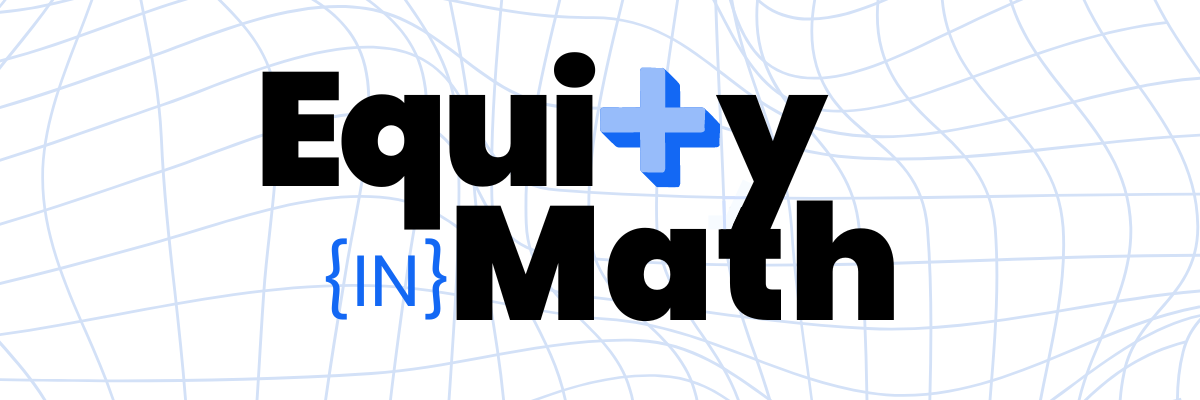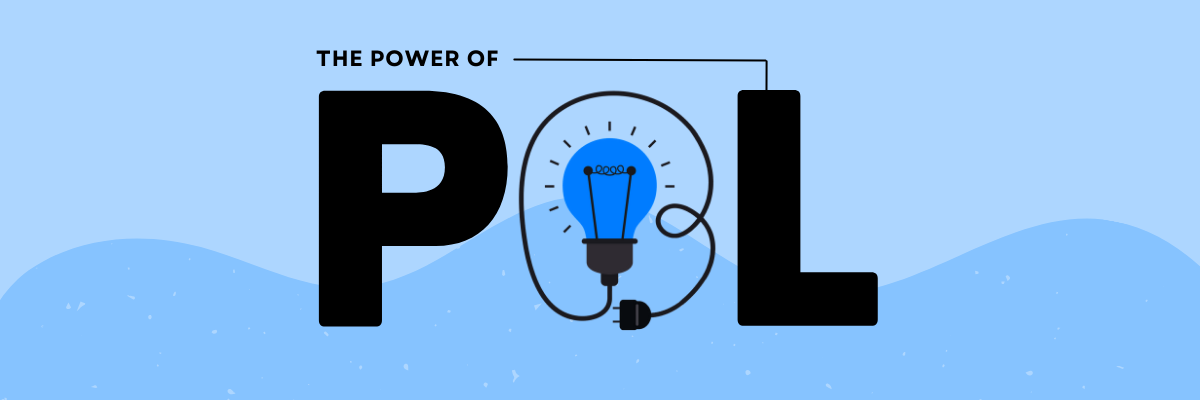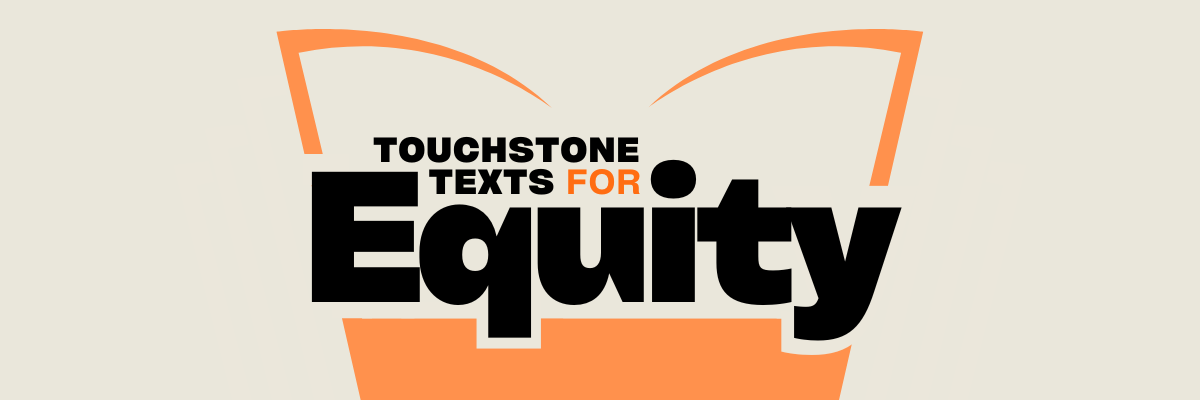|
The pressure to plan your curriculum it in just the right way can be overwhelming. How can you make sense of the process?
By ROBERTA LENGER KANG
When the back to school sales are at their peak, students and parents are picking out the cutest notebooks and the coolest backpacks. Meanwhile, educators are feeling the pressure and anxiety that comes with the start of the school year — particularly as they think about their curriculum. Different school communities and districts have different approaches to designing curriculum. Some purchase big box curriculum sets with prescribed lessons, while others have the opportunity to design their own, which can be exciting — and also a bit daunting. Cultivating a course curriculum is one of the most important and most complicated tasks for educators. It requires deep content knowledge and an accurate anticipation of student ability throughout the school year. Teachers need to differentiate the most important content and the most important skills in the most effective sequence — all while knowing that the decision to teach one thing is also the decision not to teach a hundred other things. The pressure to plan it in just the right way can be overwhelming. This process will always be a challenge, but it doesn’t have to be painful! In our curriculum-focused coaching projects, we support educators as they examine, design, implement, and refine customized or adapted curricula. Each educator and classroom is unique, but curriculum planning often brings up common questions. Below are some of the most frequently asked questions we hear from educators as we support them in the planning process.
What goes into a curriculum map?
A well-developed curriculum map should provide an overview of the course at-a-glance. Maps are most valuable when they include a clear picture of the course goals, how those goals intersect with the content knowledge, thinking skills, relevant standards, and a plan for assessments. Here’s a good checklist for a curriculum map:
What’s the difference between a curriculum map and a unit plan?
A curriculum map provides an overview or summary of the course, while a unit plan provides the details needed to develop each individual lesson. A unit plan may include specific resources to use in a particular unit, a pacing calendar that outlines the learning goals for each week or each day, lists of vocabulary words, and a plan for differentiating instruction for different learners. Unit plans tend to be longer and include more explicit plans that illustrate the arc of the unit and provide the necessary details to develop daily lesson plans. There is a critical distinction between the curriculum map as an overview and the unit plan as the detailed guide to support lesson planning. Curriculum maps that include unit plan-level details often become massive documents that are difficult to read. They can become a dumping ground for edu-speak-jargon that doesn’t really mean anything. As educators, we want to remember that these documents are tools to support and facilitate our planning process. If they don’t do that, they aren’t ultimately very valuable.
How much detail should be included?
When it comes to the curriculum map, we want to include information clearly and succinctly, which means we can eliminate jargon or unnecessary details. For example, it’s valuable to list relevant standards on a curriculum map because it will give a picture of how all standards are being addressed throughout the school year and how they’re sequenced within each unit. However, standards often have a lot of very specific, formal language. Simply copying and pasting the entire standard into the curriculum map is thorough, but not always helpful. It isn’t reasonable to expect that anyone will read with that level of specificity, it isn’t particularly helpful to teachers who need to see these standards broken down in the unit plan, and it can become extremely repetitive if the units utilize the same standards. In these situations, we recommend using the standard code, and summarizing the standard in a short phrase or sentence. This provides a simple and clear alignment with the standard, demonstrates the educator’s understanding of the standard, and keeps the information focused and clear. The same rule can be applied in other categories as well.
How should the map be formatted?
Formatting is often a personal choice, and different people prefer different styles. We recommend using a horizontal chart with a column for each critical component, and a row for each unique unit. The value of this format is the at-a-glance nature. If we can read from left to right along a row, we’re getting an overview of each unit in the course. When we can complete the curriculum map in 1-2 pages, we get a good picture of the course goals and the sequence of learning the students will experience. This allows the curriculum map to act as a touchstone planning tool for teachers, and becomes a great document to share with school leaders, parents, and even students.
Can curriculum maps be changed?
One of the things that makes writing curriculum a daunting task is the sense of its permanence. It makes sense to want to keep the curriculum fluid, as the most effective teaching is influenced by a wide range of variables like current events, student cohorts, and shifts or changes in the field. The fear of permanence can often become a justification for not creating a curriculum map. But the benefits of long-term planning, for teachers especially, cannot be underestimated. The most effective curriculum maps are living documents that provide planning support to teachers throughout the year and communicate the intentions of the course to others (administrators, parents, students, other teachers). We recommend that teachers regularly reflect on their lessons and unit plans as they’re implementing the curriculum so that they can make adjustments, remember what worked and what didn’t, and update the curriculum as necessary. We revisit our curriculum over the summer or at the beginning of the school year to account for the learning of the previous year.
What are the steps I should follow to make a curriculum map?
In the curriculum mapping process, we see a relatively consistent approach that favors backwards planning, which suggests that teachers should first determine the end point (the ultimate goal or final assessment) and then plan backwards from there. This process is meant to create a clear alignment between content, skills, and instruction. If this process works for you, use it! The problem is that this process doesn’t apply to all teachers or all situations. When it doesn’t work, it can create major obstacles in the development process. Our recommendation is to start with what you know, generate your ideas based on any entry point you can find, and fill in the blanks along the way. Then, reflect and revise on the plan from an alignment perspective to ensure that the planning process maintains instructional integrity. |
|
The Center for Professional Education of Teachers (CPET) at Teachers College, Columbia University is committed to making excellent and equitable education accessible worldwide. CPET unites theory and practice to promote transformational change. We design innovative projects, cultivate sustainable partnerships, and conduct research through direct and online services to youth and educators. Grounded in adult learning theories, our six core principles structure our customized approach and expand the capacities of educators around the world.
|
ABOUT US
525 West 120th Street, Box 182 New York, NY 10027 416 Zankel Ph: (212) 678-3161 [email protected] Our Team Career Opportunities |
RESOURCES
Professional Articles Ready-to-Use Resources Teaching Today Podcast Upcoming PD Opportunities |
COACHING SERVICES
Custom Coaching Global Learning Alliance Literacy Unbound New Teacher Network Student Press Initiative |





















